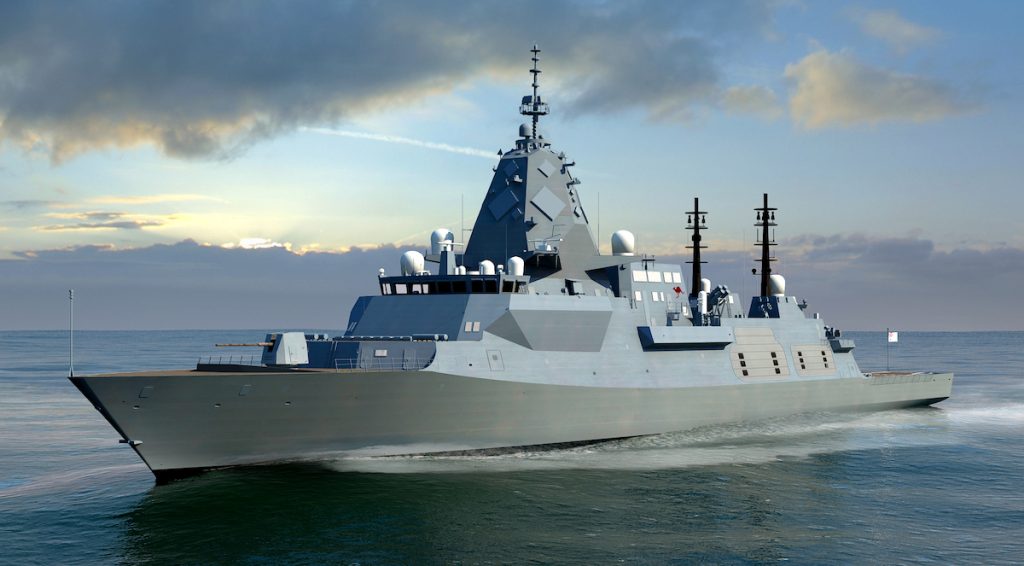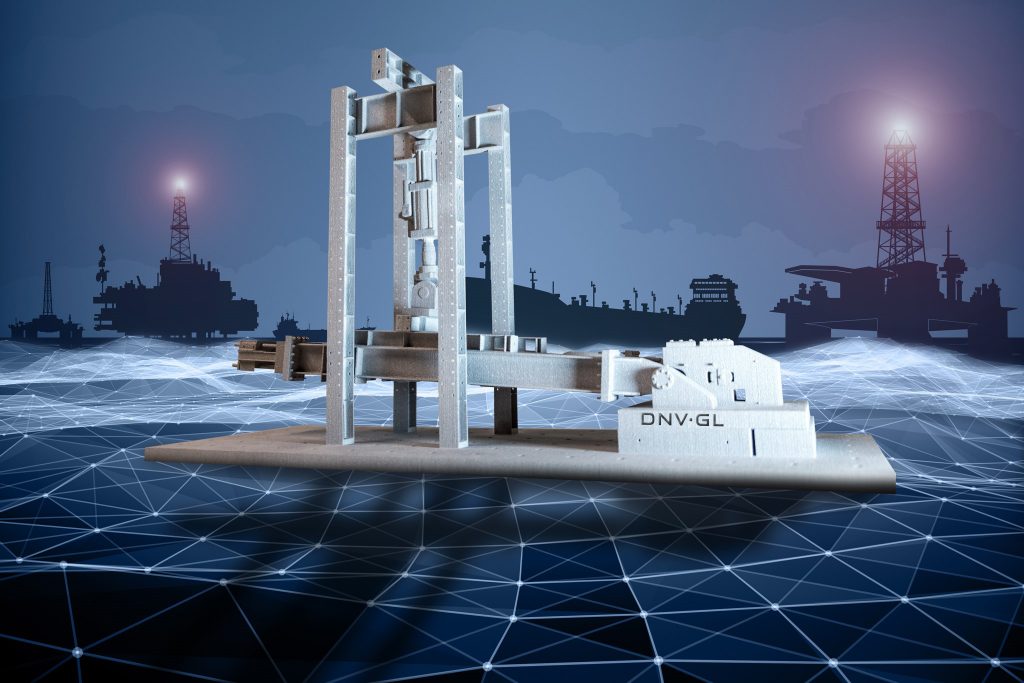The prototype components will aid BAE Systems Australia in fulfilling its obligation under its contract with the Australian Department of Defence to design and construct nine Hunter class frigates for the Royal Australian Navy.
AML3D, an Australia-based large-scale 3D metal printing company, and BAE Systems, a British multinational arms business, have disclosed a prototyping purchase agreement with BAE Systems Australia. The contract will research the the viability and prototyping of parts in support of BAE Systems Australia’s contract for manufacturing nine Hunter class frigates.

Hunter class frigates are a category of heavy warships that will be deployed in the future to replace Anzac class frigates for the Royal Australian Navy. AML3D is a pioneer in offering certified high-strength components to the marine industry since it was the first large-scale 3D metal printing company in the world to receive accreditation from Lloyd‘s Register and Additive Manufacturing Facility Accreditation from DNV. Design optimization and quick lead and delivery times are offered by Lloyd’s Register certified WAM prototype parts. The contract was obtained as a result of testing with BAE Systems Australia, which showed WAM to be suitable for supporting the design, new construction, and maintenance of marine assets in Australia.- claims AML3D.
“Developing our commercial relationships across the marine and defense sectors is key to AML3D’s strategic growth plan. We had great confidence that WAM® would satisfy BAE Systems Australia’s testing protocols and are pleased to have successfully moved this project out of the validation testing phase. Providing prototype components that will support BAE Systems Australia’s contract with the Royal Australian Navy to build the Hunter class frigates is another step in building a commercial relationship of great significance. Especially in the context of the scale of BAE Systems Australia’s wider shipbuilding initiatives in Australia.” said, Ryan Millar, Chief Executive Officer at AML3D.
Additive Manufacturing Facility Accreditation from DNV
One of the biggest classification and certification organizations in the world, DNV is authorized to approve 3D printing and additive manufacturing items. DNV values taking a leading position in facilitating the emergence of new technologies because of a long history of serving as a dependable independent partner to the maritime and oil and gas industries.
For its metal additive manufacturing service, on-demand digital manufacturing company Protolabs was awarded ‘Qualification of Manufacturer’ accreditation by DNV GL. Protolabs is reputedly the first company to utilize powder bed fusion (PBF) 3D printing to receive certification from DNV for meeting the requirements for part performance and equipment safety in the oil and gas sector.
Elsewhere, DNV GL released its first classification guideline for the usage of AM technologies in maritime, oil, and gas industries. The 48-page report serves as an example of what authorities believe may be a paradigm change in ship maintenance and repair. From prototype to producing tools and spare components, it covers every facet of the procedure.

Military Use of additive manufacturing
Many industries, notably marine, aerospace, and automotive use additive manufacturing extensively. Therefore, it shouldn’t come as a surprise that the defense industry is likewise utilizing it more frequently on a global scale. Additive manufacturing undoubtedly has a place in the military, where speed, smaller weights, and reduced costs are all essential. 3D Printing Industry focused on some intriguing military industry applications for additive manufacturing.
For example, a Xerox 3D printer was previously placed on the USS Essex, a Wasp-class amphibious assault ship, by the Navy Postgraduate School (NPS) and Commander, Naval Surface Force, U.S. Pacific Fleet (COMNAVSURFPAC). The mobile landing helicopter dock, which is over 800 feet long, can accommodate up to dozens of aircraft and more than 1,600 troops at once. After the installation, the Essex will act as a test site to determine how well the unidentified 3D printer performs for the first time in open water. If successful, the Navy intends to use additive manufacturing to significantly enhance its total capacity for warfighting.
Previously, a fully 3D printed propeller was created for a ship in the French Navy by defense contractor Naval Group. The company’s own, uniquely created DED-based metal wire fusing method was employed for the task. The propeller, which has a 2.5-meter span and five distinct 200kg blades, is said to be the largest thruster of its kind to have been 3D printed and the first to have been made utilizing Naval Group’s unique method.
Nominations for the 3D Printing Industry Awards 2022 close soon. Who do you think should make it to the shortlists for this year’s show? Nominate now; the form closes at the end of the month.
To stay up to date with the latest 3D printing news, don’t forget to subscribe to the 3D Printing Industry newsletter or follow us on Twitter, or like our page on Facebook.
While you’re here, why not subscribe to our Youtube channel? Featuring discussion, debriefs, video shorts, and webinar replays.
Are you looking for a job in the additive manufacturing industry? Visit 3D Printing Jobs for a selection of roles in the industry.



